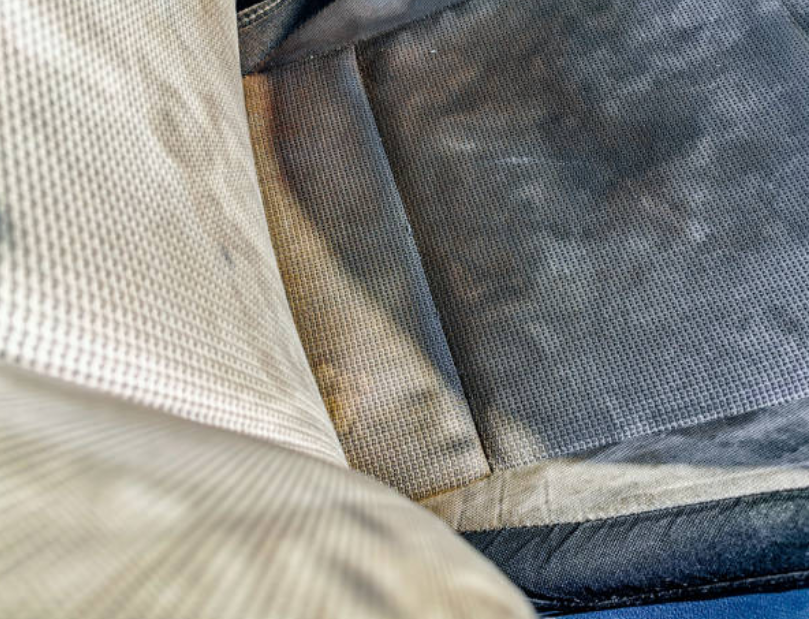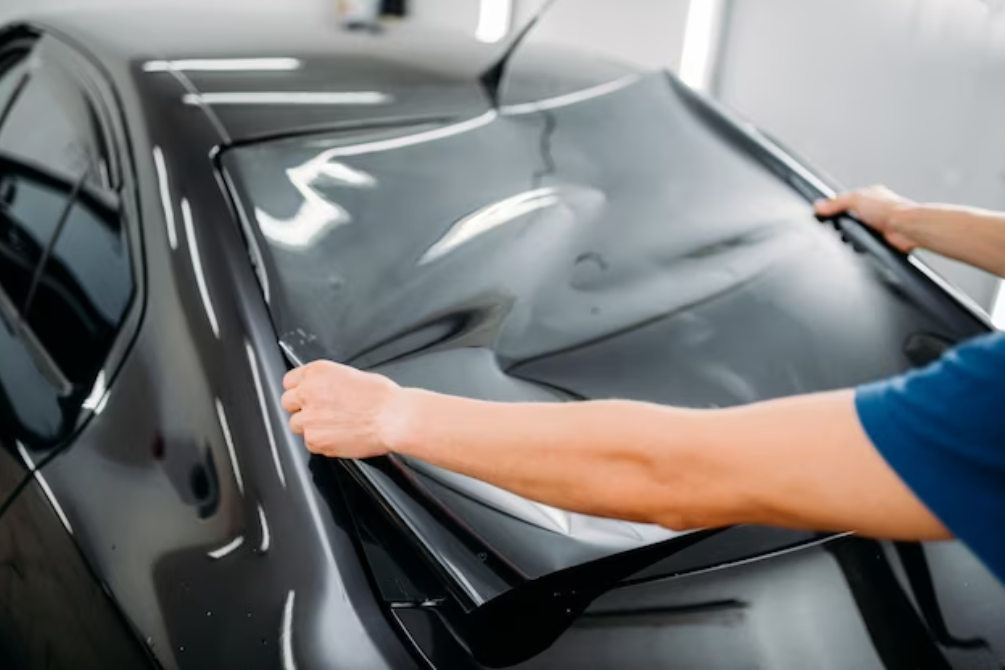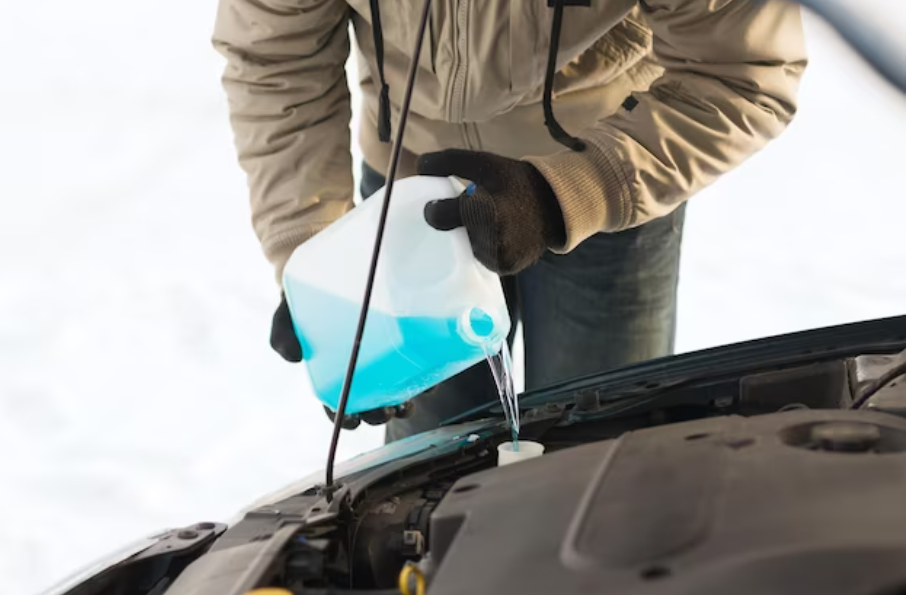How to Get Rid of Mold in Car
Dealing with mold in your car is not only persistent and bothersome but can also pose potential health risks. Whether stemming from a leak, prolonged moisture, or general neglect, it's crucial to address mold promptly. In this guide, we'll delve into practical methods to eliminate mold from your car and implement preventive measures, guaranteeing a fresh and healthy driving environment.

What is Car Mold and Why is it Bad?
Car mold is a type of fungus that grows on organic materials, such as leather, fabric, wood, or rubber. Flourishing in damp and dim settings, such as within your car's interior or beneath the hood, car mold poses health risks, including allergies, asthma, respiratory infections, skin rashes, and eye irritation. Additionally, it can mar your car's aesthetics, scent, and functionality by staining, decaying, or corroding its components.
A University of Cincinnati study underscores the heightened peril of car mold compared to home mold, exposing individuals to elevated levels of spores and toxins. The research reveals alarming statistics, indicating a 34% increased risk of asthma attacks and a 48% higher likelihood of allergic rhinitis due to car mold exposure. Approximately 10% of cars in the United States are estimated to be affected by car mold, contributing to an annual economic burden of around $3 billion, encompassing healthcare and car repair expenses.

Moisture Seepage:
Should your vehicle exhibit leaks from the sunroof, windows, doors, or trunk, it allows water infiltration, fostering an environment conducive to mold. Regularly inspect your car for signs of leaks and promptly address any issues.
Presence of Wet Items:
Leaving damp articles like clothing, towels, shoes, or umbrellas in your car fosters moisture and humidity, providing an environment conducive to mold growth. Always remove wet items promptly and ensure proper drying before storage.
Elevated Humidity Levels:
Residing in a humid or rainy environment can result in moisture accumulation and condensation in your car, fostering conditions for mold growth. Use a dehumidifier or air conditioner to reduce humidity, and avoid parking in shaded or damp areas.
Insufficient Ventilation:
Prolonged closure and locking of your car can create a stagnant and confined atmosphere, facilitating mold growth. Ensure regular ventilation by opening windows or doors and taking the car for a drive periodically.

Materials You'll Need:
- Vacuum cleaner
- Mold cleaner or a homemade solution (white vinegar or tea tree oil)
- Soft-bristle brush
- Microfiber cloths
- Baking soda
- Dehumidifier or moisture absorbers
Step-by-Step Mold Removal Process:
1. Clean the Interior:
- Begin by thoroughly vacuuming the interior, removing loose dirt and debris.
- Use a mold cleaner or a solution of white vinegar or tea tree oil mixed with water to clean affected areas. Test the cleaner on a small, inconspicuous spot first to ensure it won't damage surfaces.
2. Scrub and Wipe:
- For stubborn mold, use a soft-bristle brush to scrub the affected areas gently.
- Wipe down surfaces with microfiber cloths to remove mold and cleaner residue.
3. Address HVAC System:
- Mold can often hide in your car's heating, ventilation, and air conditioning (HVAC) system. Clean or replace filters and consider using a mold-killing spray in the vents.
4. Dry the Interior:
- Ensure your car is thoroughly dry to prevent mold from returning. Use a dehumidifier or moisture absorbers to reduce humidity inside the vehicle.
5. Baking Soda Odor Removal:
- Sprinkle baking soda on carpets and upholstery to absorb lingering odors. Leave it for a few hours or overnight before vacuuming.
-
Can I use household products to get rid of mold in my car?
Yes, treatments like white vinegar or tea tree oil mixed with water can be efficient mold cleansers. To guarantee compatibility with surfaces, try first on a little, discrete area.
-
Are there professional services available for mold removal in cars?
Yes, there are professional mold remediation services that specialize in removing mold from vehicles. They use advanced techniques and equipment to ensure thorough cleaning.
Read another review here: The 10 Best Car Polishes For An Incredible Finish






.png)










